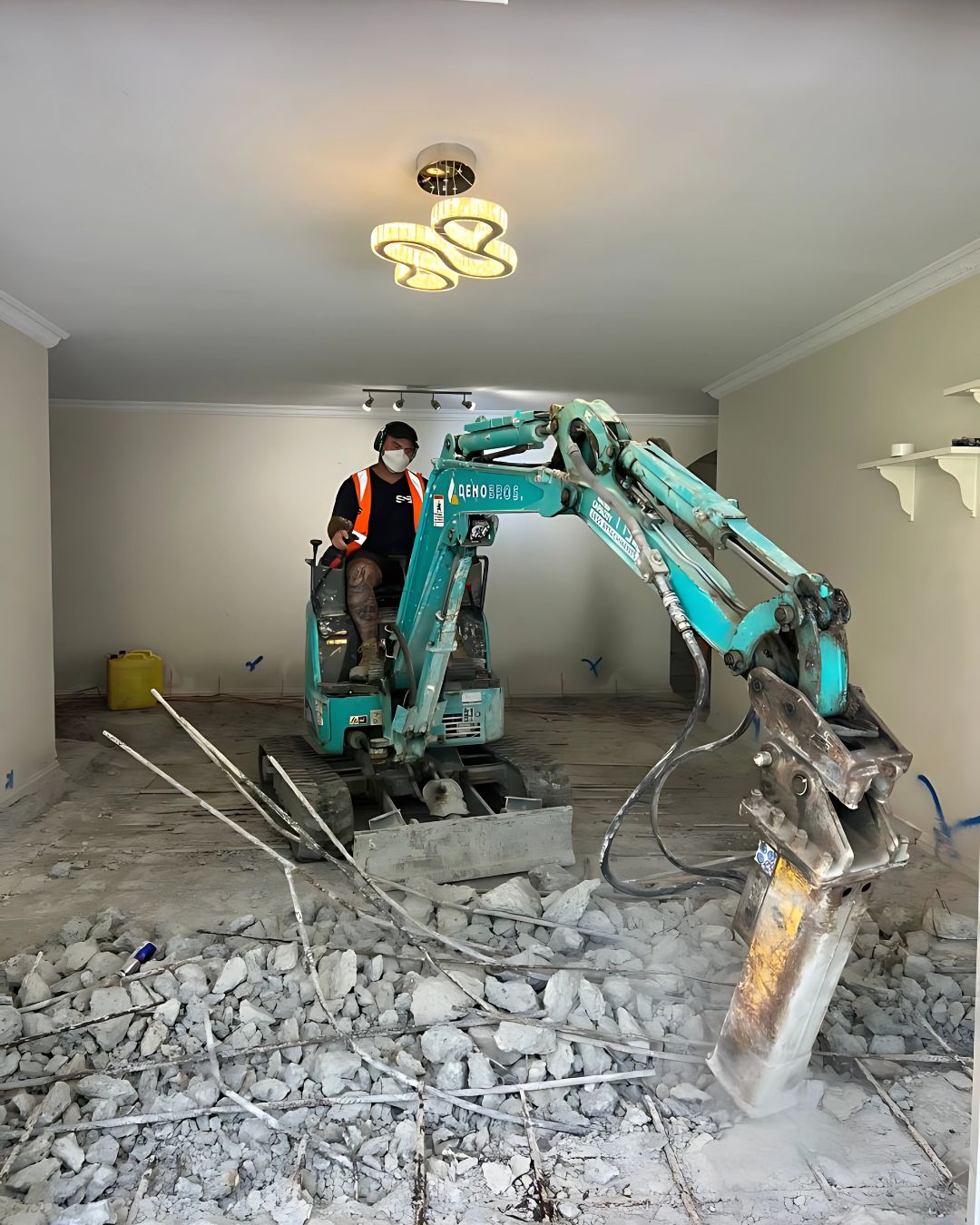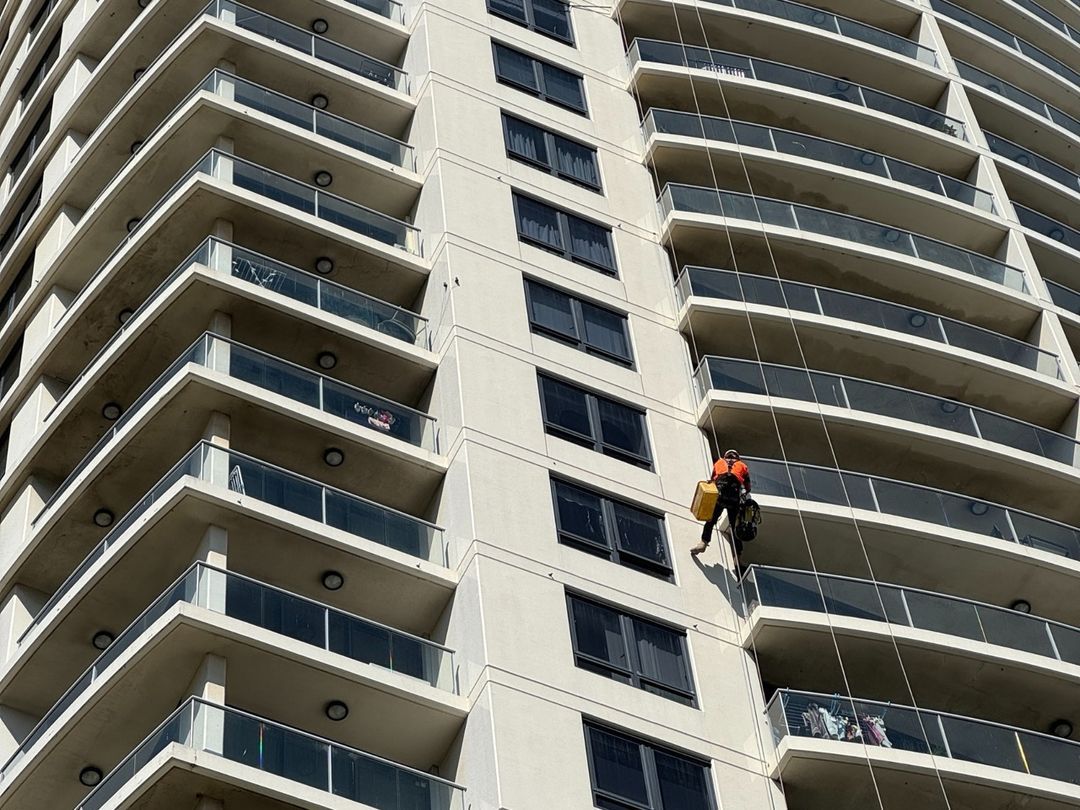Building Investigation & Reporting
What Happens Without Proper Building Investigations?
Skipping or rushing the investigation stage leaves owners and managers vulnerable to poor decisions and repeat problems.
Get the Right Answers – Our Approach
We don’t guess. We investigate, document, and prove.
Frequently Asked Questions
What do building investigation reports include?
Our reports are built for action — not fluff. Typical inclusions:
• Site inspection with annotated photos
• Moisture testing, borescope or core sampling (if required)
• Summary of defects and root causes
• Practical repair recommendations
These reports often support scopes for balcony remediation or concrete repairs.
How long does a building investigation take?
Turnaround depends on complexity:
• Standard apartment or townhouse: 5-7 days
• Multi-unit or high-rise: 7-21 days
• Reports typically delivered within 7-10 business days
For complex issues, we may coordinate with engineers or carry out drone inspections.
How much do building investigation reports cost?
Pricing varies based on access and scope:
• Small site or single area: $1,500–$3,500
• Multi-area strata buildings: $4,000–$10,000+
• Detailed defect mapping with testing: POA
Clear pricing. No surprises. Often bundled with strata remedial building services.
Do you use drones or thermal cameras?
Yes. Where needed, we use:
• Drone surveys for roofs and façades
• Thermal imaging for moisture ingress
• Internal cavity inspection using borescopes
See our full Drone Inspection & Surveying service.
Who are the reports written for?
Our reports are structured for:
• Strata Committees and Building Managers
• Engineers and Consultants
• Insurers and Defect Lawyers
They often support scopes for defect rectification or insurance claims.
What problems can a building investigation uncover?
Common findings include:
• Hidden water ingress or balcony leaks
• Cracks, movement, and facade failures
• Concrete cancer or substrate decay
• Poor waterproofing or installation detailing
Often tied to issues in waterproofing remediation and façade remediation.
Do you provide recommendations or scopes of work?
Yes. Every report includes:
• Clear findings and root cause analysis
• Recommended repair methodology
• Suggested next steps for consultants or tendering
This helps teams plan remedial projects efficiently and with confidence.
Who should I contact for a building investigation in Sydney?
Contact Atomic Projects — specialists in defect diagnosis and building investigation reports.
📞 0410 515 509 | ✉️ hello@atomicprojects.com.au
Explore related services: Waterproofing Remediation, Defect Rectification, and Drone Surveying.

.png)




.jpg)




.png)


